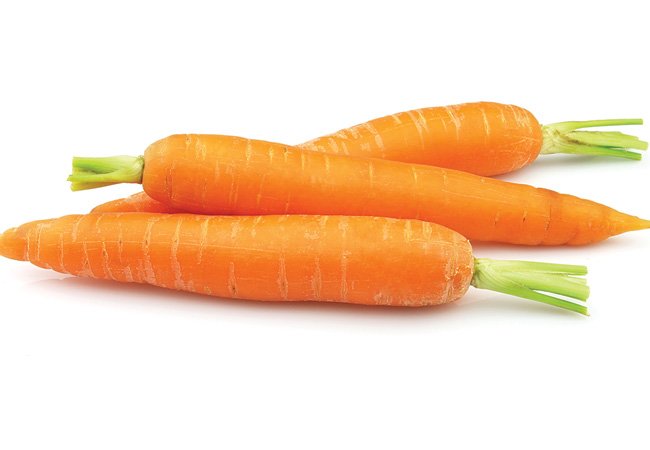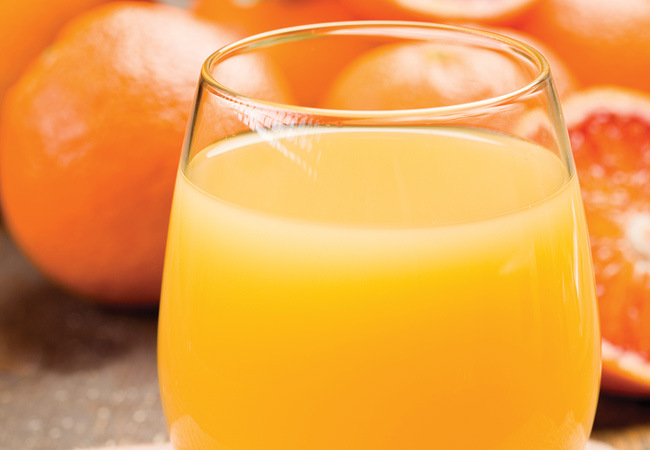
Which foods have low-GI? David Goding investigates.
You’ve no doubt seen the signs: low-GI is the new low-fat, with food manufacturers slapping the claim on everything from quick rice to fortified breads. Trouble is, the glycaemic index of a standalone food means little. It’s the overall composition of a meal that matters: white bread with a truckload of chicken breast has a lower glycaemic index than white vegemite toast.
Likewise, wholegrain sourdough loses its charm when you pile it with honey. Rolled oats may be changed depending on the type of milk and toppings. The other gotcha is labelling.
What is considered low-GI?
Under Food Standards Australia New Zealand’s (FSANZ) labelling criteria, any product with a glycaemic index of 55 or less on a 100-point scale can be labelled ‘low GI’. As such it’s futile to obsess over counting the GI of every food you buy; a better approach is the looser rule of including all macros in each meal or snack. But having a bit of a clue can help avoid blood sugar crashes. Stick this in your green bag.
The scale
LOW <55: Slowly raises blood sugar and keeps it stable
HIGH >70 Causes a rapid spike. Prepare for the subsequent crash

Fruit and vegies
Fruits and vegetables span the GI spectrum, depending on their starch and sugar quotient. The fibre in many fruits helps to slow glucose absorption, reducing the GI.
Broccoli, spinach, lettuce (15); carrots (35); apples, grapefruit, pears and oranges (40); peaches, dates and prunes (<50); peas, parsnips and yams (50).
The scale
LOW <55: Slowly raises blood sugar and keeps it stable
HIGH >70 Causes a rapid spike. Prepare for the subsequent crash

Grains
Not all grains are good when it comes to GI. You want whole grains, not processed grains (beware the tricky marketing hype).
Pearled barley, converted rice and whole-wheat kernels (all <40); wheat pasta (42); wholegrain bread (51); bran cereal and rolled oats (55).
The scale
LOW <55: Slowly raises blood sugar and keeps it stable
HIGH >70 Causes a rapid spike. Prepare for the subsequent crash

Dairy
Reduced-fat and fat-free options generally have a lower GI than full-fat cousins, but beware the low-fat trap. It’s not uncommon for manufacturers to make up for the mouthfeel and flavour of fat with sugar or questionable artificial sweetening agents (see what we mean about the big picture?).
Skim milk (32); reduced-fat yoghurt with fruit (33); full cream milk (41).
Note: cheeses, except those crammed with glace fruit, are almost carb-free and not included in the scale.
The scale
LOW <55: Slowly raises blood sugar and keeps it stable
HIGH >70 Causes a rapid spike. Prepare for the subsequent crash

Juices
Juice gets its bad rep from the removal of fibre, which means the sugar component (fructose) hits your bloodstream in one fell hit. But some juices are surprisingly low on the GI scale.
Tomato juice (38); unsweetened apple (44); unsweetened orange (50); juice cocktails and juices with added sweeteners (>60).
The scale
LOW <55: Slowly raises blood sugar and keeps it stable
HIGH >70 Causes a rapid spike. Prepare for the subsequent crash

Beans, Nuts and Legumes
The golden children of blood sugar, these babies do the balancing for you, with inbuilt carb-protein ratios that favour steady blood sugar and satiety. They all come in admirably low on the GI scale but for a real coup, try peanuts or soybeans.
Peanuts (7); soybeans (15); kidney beans, lentils and cashews (20 to 30); black-eyed peas, black beans, canned chickpeas and navy beans (30 to 40).
The scale
LOW <55: Slowly raises blood sugar and keeps it stable
HIGH >70 Causes a rapid spike. Prepare for the subsequent crash
{nomultithumb}